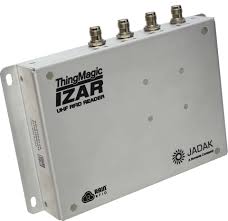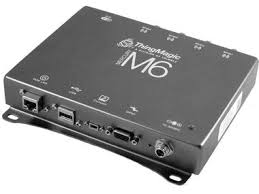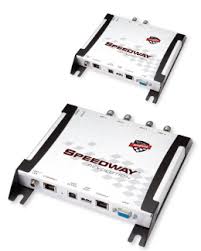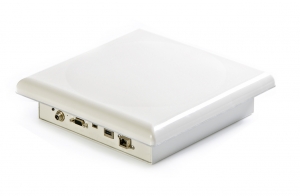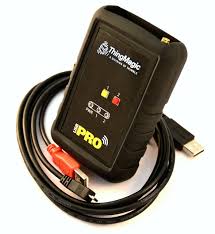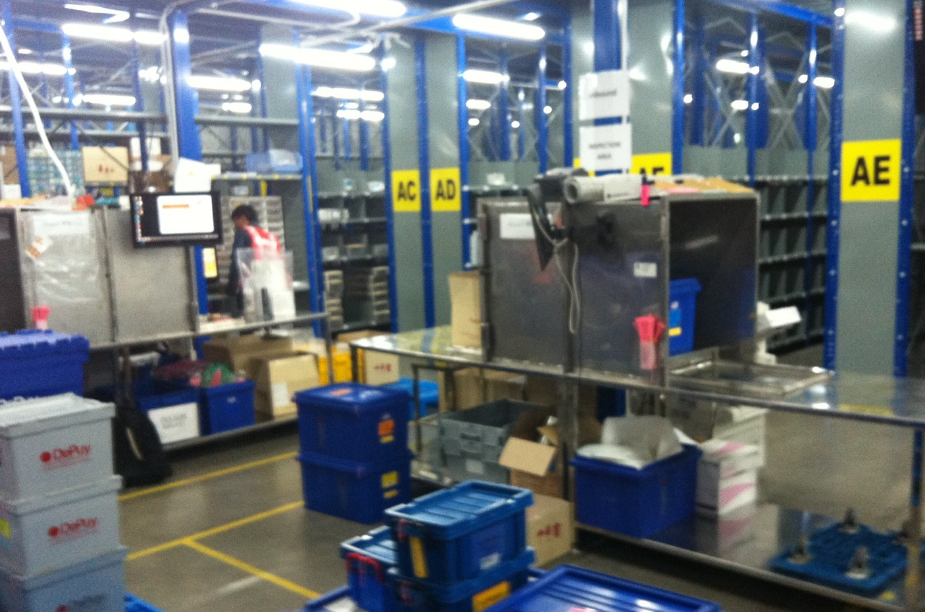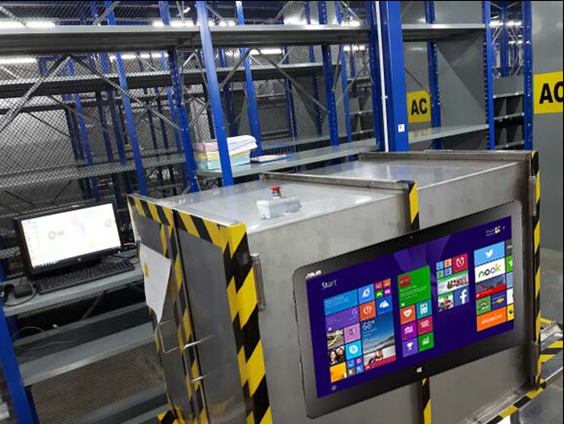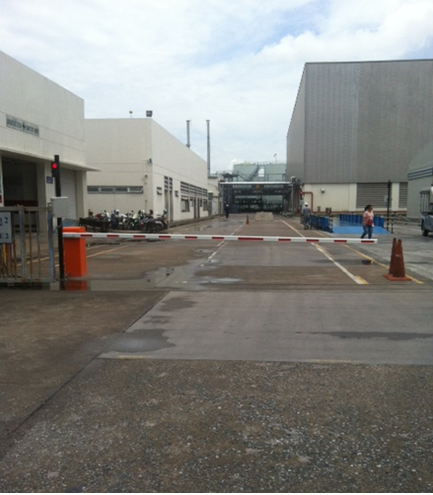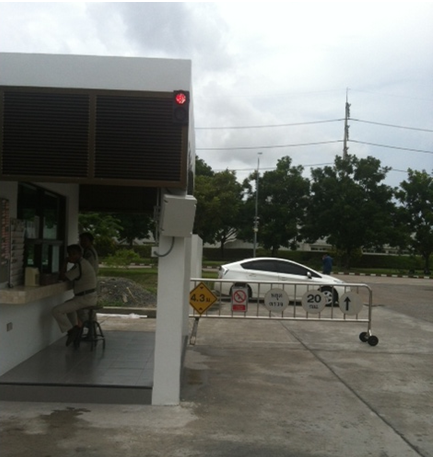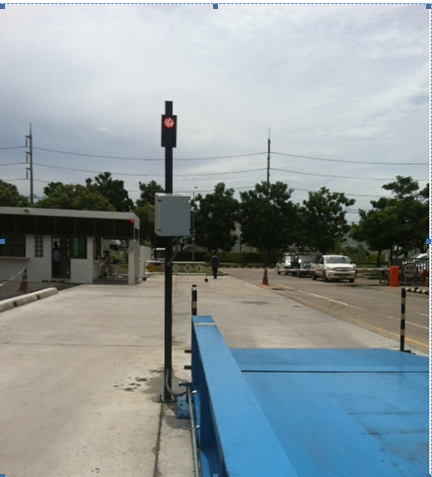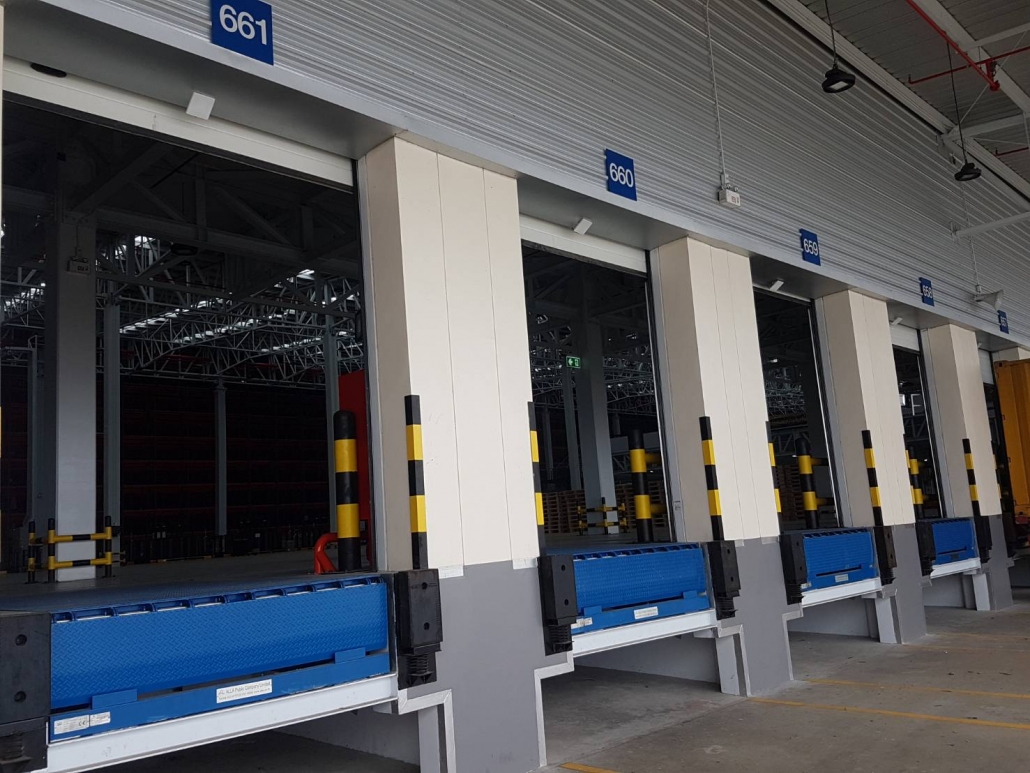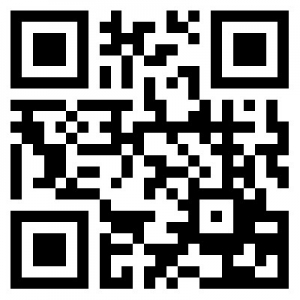4 Port Antenna RFID Reader [Impinj Speedway]
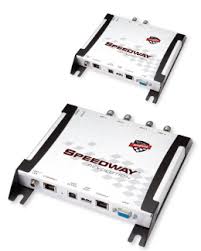
Description
Impinj Speedway RFID Reader has a compact form factor and supports power over Ethernet (PoE). With its POE connectivity, it will simplify the deployment and dramatically reduces cost by eliminating the need for AC outlet installation at read points. Speedway RFID reader delivers the full 30 dBm of transmit power and the highest read performance. Its dynamic antenna switching improves throughput and helps the reader work more efficiently. Speedway RFID reader senses when tags are in the field and automatically focuses more time on the antennas with the largest tag populations in view.
Key Technical Data
- Dimensions: 19 (H) x 17.5 (W) x 3 (D) cm
- Weight : 1.5 lbs
- Computer Interface:
- RJ45 (10/100 Base-T Ethernet)
- Management Console RS-232 using a standard Cisco-style management cable (DB-9 to RJ-45)
- USB Type B
- USB Type A (host accessory port)
- GPIO interface : GPIOs; 4 Inputs & 4 Outputs12-Pln, two-row Terminal Block
- RF Interface: External Interface Four RP-TNC connectors
- RF Output Power: +10.0 to +30.0 dBm (PoE) and +10.0 to +32.5 dBm (external universal power supply)
- Operating frequency: 920-925 MHz
- Supported transponders: EPCglobal UHF Class 1 Gen 2 / ISO 18000-6C
- Power Supply: Power over Ethernet (PoE) IEEE 802.3af
- External DC Power: 24 VDC @ 800mA via external universal power supply
- Operating temperature: -20 ºC to +50 ºC
- Environmental Sealing IEC IP52
- Shock and Vibration Mil-Std-810G Certified
- Humidity: 5% to 95%, non-condensing
- Standard conformity:
- RoHS Compliant to European Union directive 2002/95/EC

